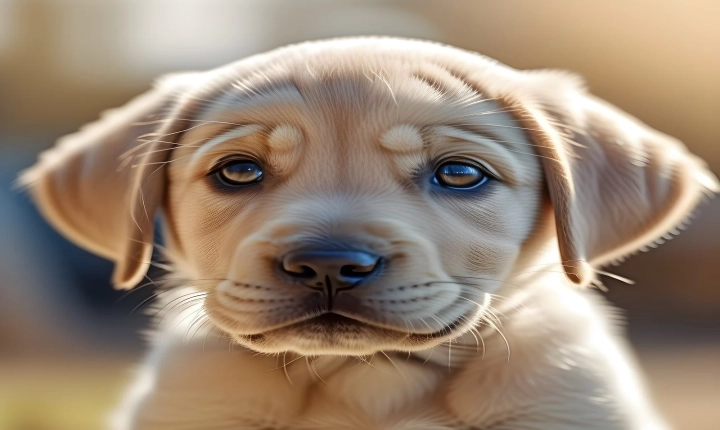Title: Exploring the Capabilities and Implications of AI-Generated Images
Artificial intelligence (AI) has made significant advancements in recent years, and one area of particular interest is its ability to generate images. This technology, known as generative adversarial networks (GANs), has the potential to revolutionize a wide range of industries, from art and design to fashion and advertising. However, the emergence of AI-generated images also raises important ethical and practical considerations.
The innovative capability of AI to produce realistic and high-quality images has caught the attention of artists, designers, and businesses alike. With AI, creators can generate unique and intricate designs, sparking fresh ideas and creative possibilities. For artists, AI-generated images can serve as a source of inspiration, enabling them to explore new styles and techniques. Designers can harness this technology to streamline the creative process, experimenting with various concepts and iterations without limitations. Moreover, businesses can leverage AI-generated imagery to produce compelling visual content, enhancing branding, marketing, and user experience.
From a technical standpoint, AI-generated images are a product of deep learning algorithms that have been trained on vast datasets. By analyzing patterns and extracting features from this data, AI can produce realistic, high-resolution images that closely resemble photographs of objects, scenes, and even people. This ability has numerous practical applications, such as in computer vision, gaming, virtual reality, and graphic design. AI-generated images can be utilized to create lifelike simulations, visually stunning virtual environments, and realistic character models.
Despite the tremendous potential of AI-generated images, there are important considerations that must be addressed. Ethical concerns related to the authenticity and ownership of AI-generated content have surfaced. With the ability to produce convincing replicas of real-world objects and individuals, AI has the potential to facilitate the spread of misinformation and counterfeit products. Additionally, the issue of intellectual property rights emerges, as AI-generated images can blur the line between original creations and computer-generated content.
Furthermore, the impact of AI-generated imagery on society and culture warrants examination. As AI becomes increasingly adept at mimicking human creativity, questions arise about the role of artists and the value of authentic, human-generated art. It is crucial to recognize the distinction between AI-generated images as tools for creativity and the irreplaceable value of human expression and originality.
In conclusion, the emergence of AI-generated images represents a groundbreaking technological development with far-reaching implications. The creative and practical potential of this technology is immense, offering new avenues for artistic expression, design innovation, and commercial applications. However, the ethical and societal impact of AI-generated imagery must be carefully considered and managed. As we continue to explore the capabilities of AI in image generation, it is essential to navigate the associated challenges and opportunities with thoughtful consideration and ethical responsibility.
